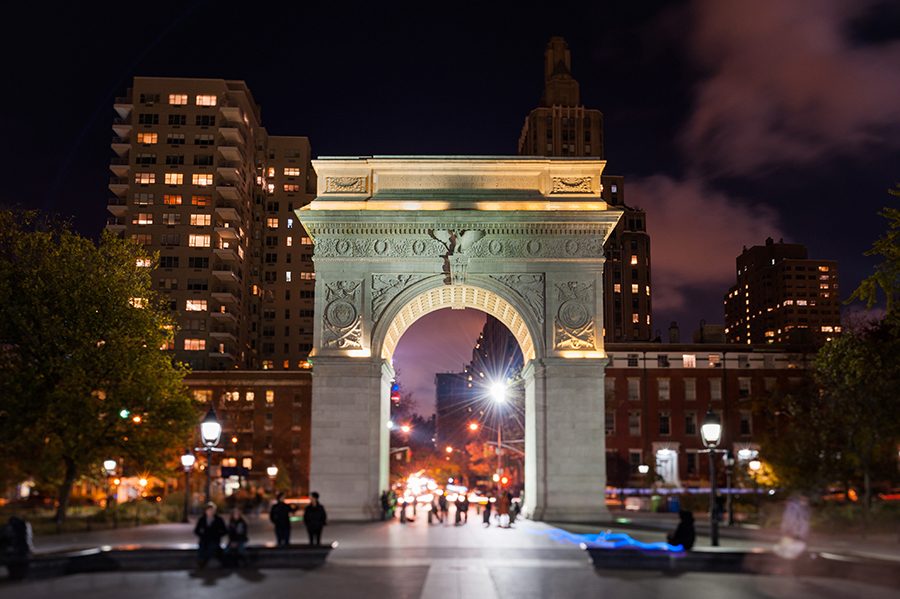Campus suicide should not be a Halloween decoration
November 2, 2015
The Mental Health Law and Justice Association, a student organization at the NYU School of Law, released an open letter protesting the “triggering, disrespectful and harmful suicide imagery displayed at Fall Ball,” an event organized by the NYU Law Office of Student Affairs and held on Halloween. During the event, video projections of a man dying by suicide appeared in the windows. Several high-profile conservative blogs have jumped on the open letter, claiming that “social justice warriors” retroactively ruined the Fall Ball. This is a predictable reaction, given the polarizing nature of the political correctness debate, but given NYU’s troubled history of student suicides, there should have been more tact on the part of the ball’s organizers.
Each year, there are more than 1,000 suicides on college campuses, and suicide is the third leading cause of death for people aged 15 to 24. One in 10 college students make an actual plan for suicide at some point. NYU is no anomaly, and in fact is rated by the Daily Beast as the 23rd most stressful college in the United States. The floor-to-ceiling screens around the Bobst atrium and the dorm windows that only open a few inches are lingering reminders of NYU’s past tragedies. Although Halloween may be transgressive, it isn’t unreasonable to ask that the controversy be limited on a college campus, especially one familiar with suicide.
While Halloween might invite participants to take on a different identity for the night, it does not transcend morality. With the rise of awareness surrounding triggering costumes and decorations comes the inevitable backlash from those who want to use them. People are becoming more conscientious, more aware of the contexts of their actions and how they may affect people around them. It is only natural that our festivals should follow suit. The Halloween-is-transgressive defense is simply a justification of willful ignorance on the part of these dissenters.
Many have criticized the MHLJA for even writing the letter to the dean, viewing it as another move toward campus censorship. This criticism is mistaken, as preventing the MHJLA from writing the letter is, itself, censorship. While what stimuli does and does not trigger people is subjective, there is nothing wrong with having a conversation about the relationship between particular imagery and mental health concerns. Furthermore, by attempting to stifle campus debate surrounding the issue, both sides are disenfranchised. It is not surprising that a mental health group would express its concern when it sees something potentially harmful, so the outrage on behalf of its critics is unwarranted. Irrespective of where one stands on the current debate surrounding political correctness, the school’s problem with student suicide should have given the NYU Law Office of Student Affairs pause.
Email the WSN Editorial Board at [email protected].
























































































































































